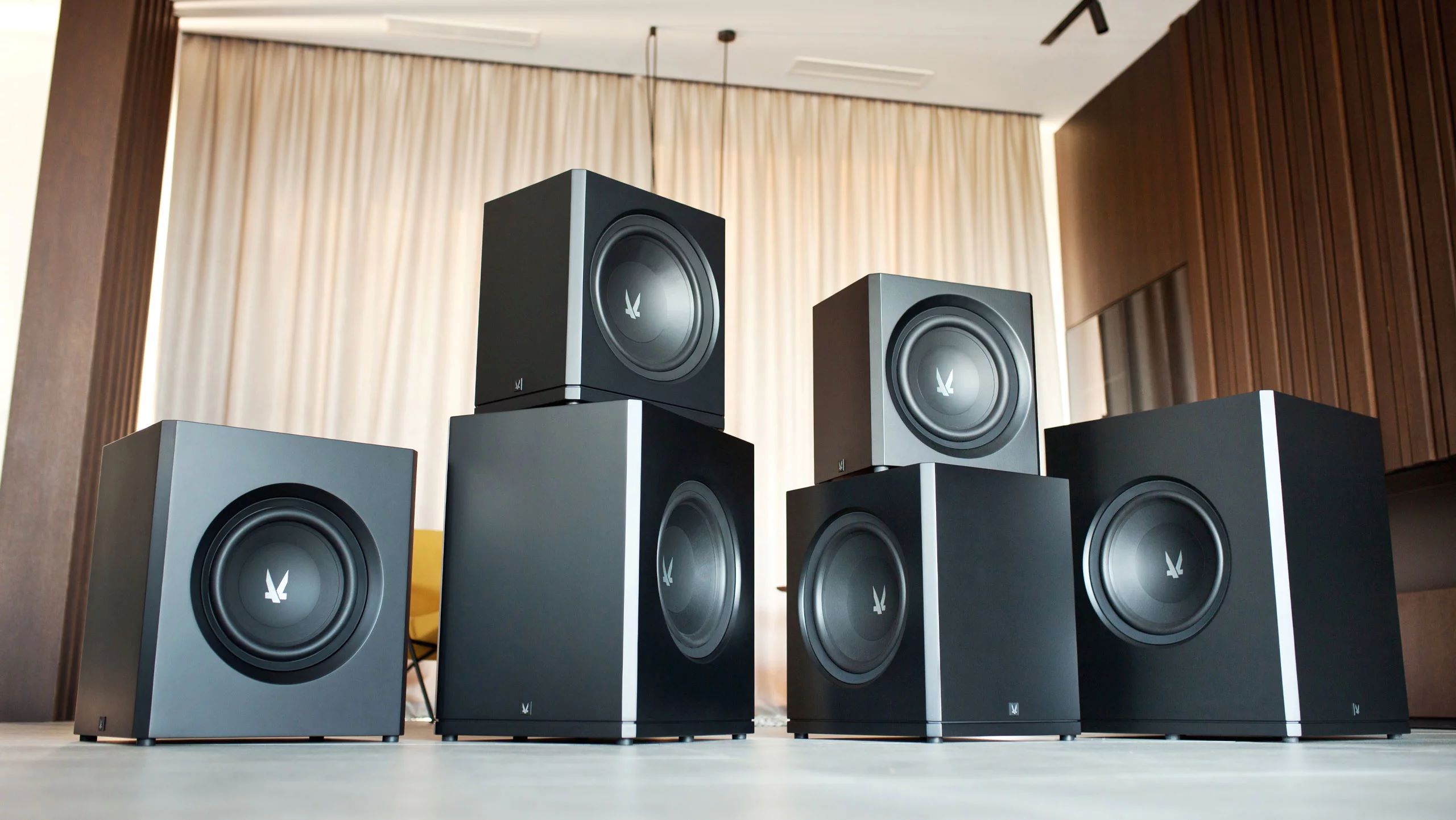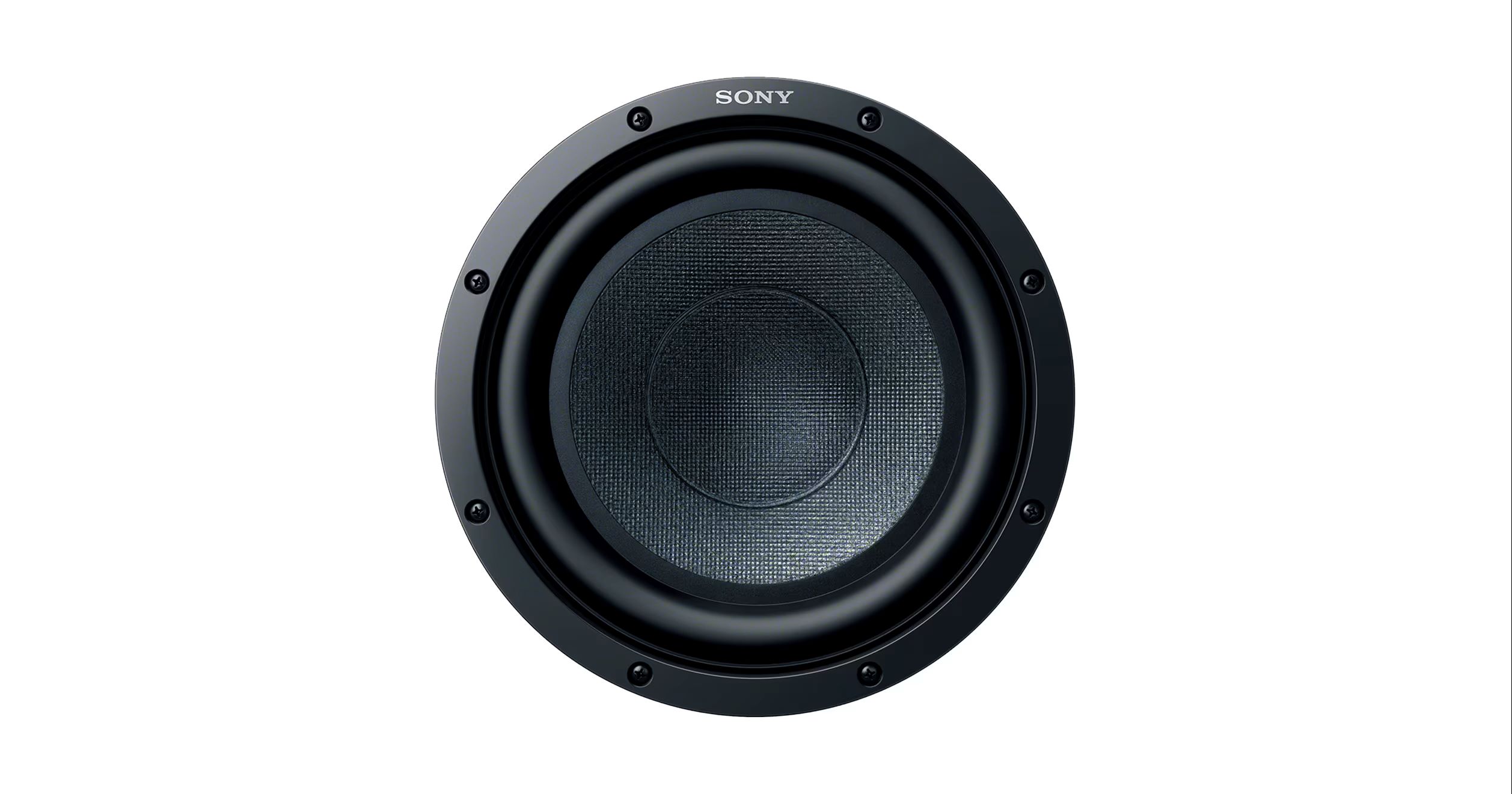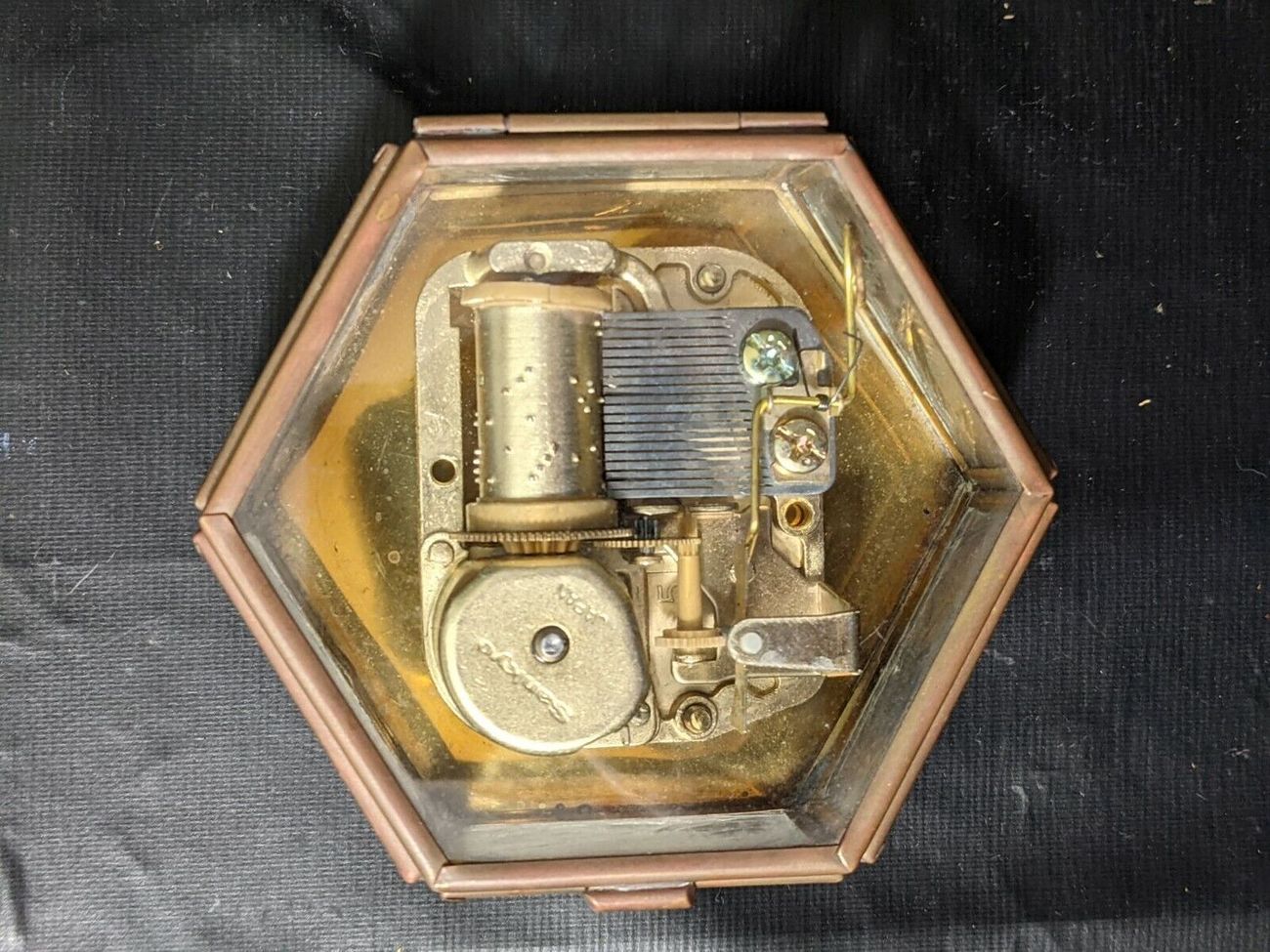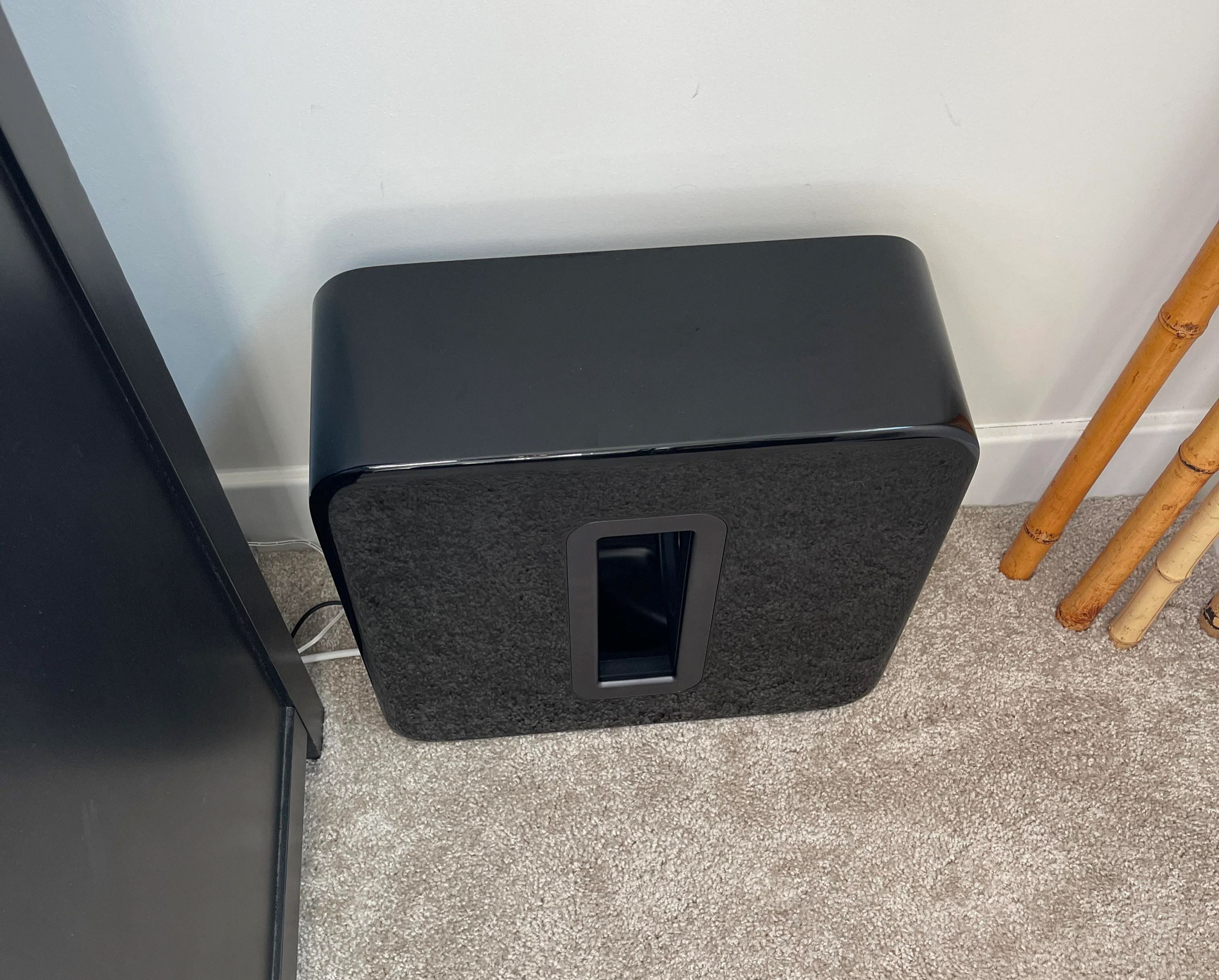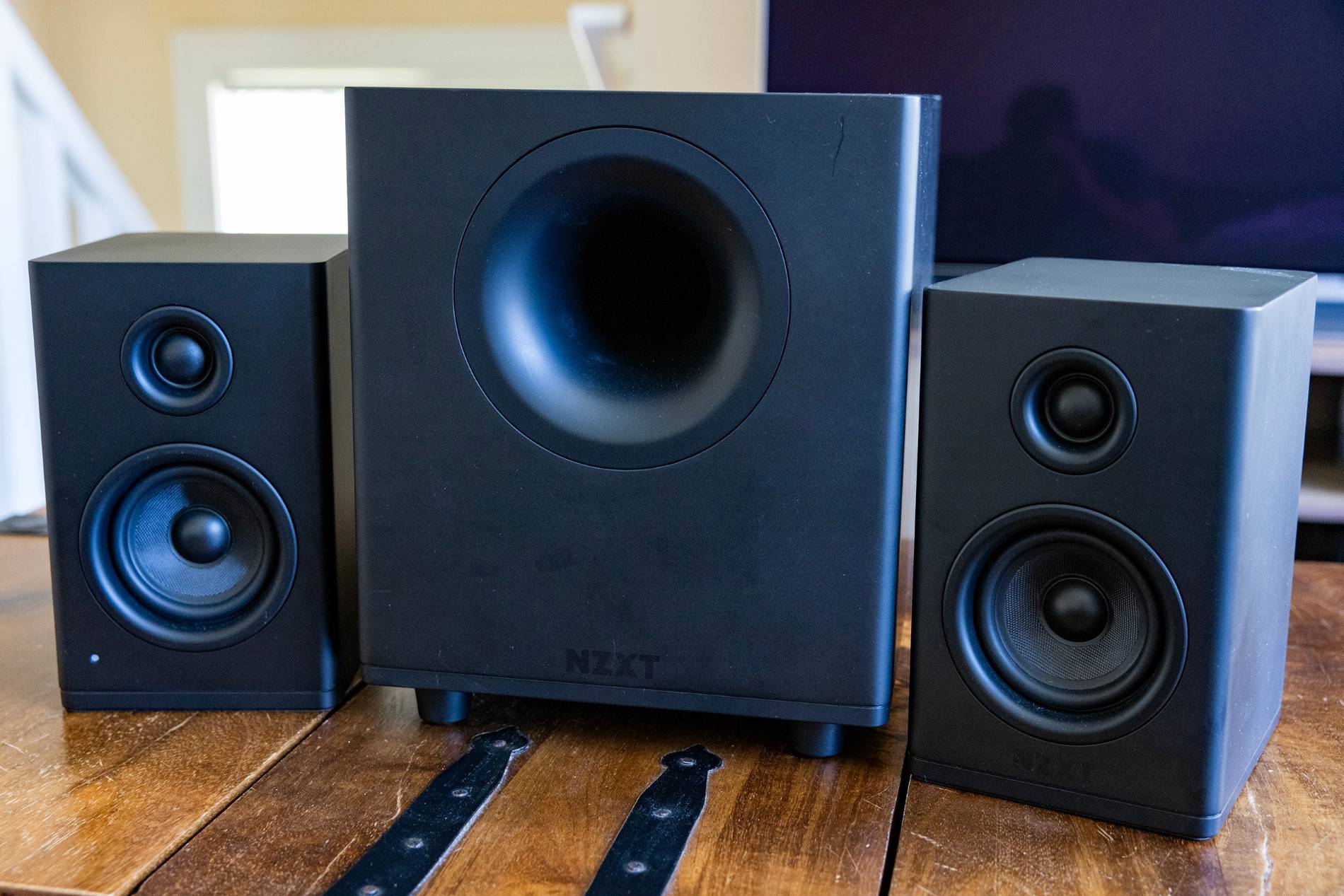Home>Devices & Equipment>Subwoofer>How Long Should A Subwoofer Last
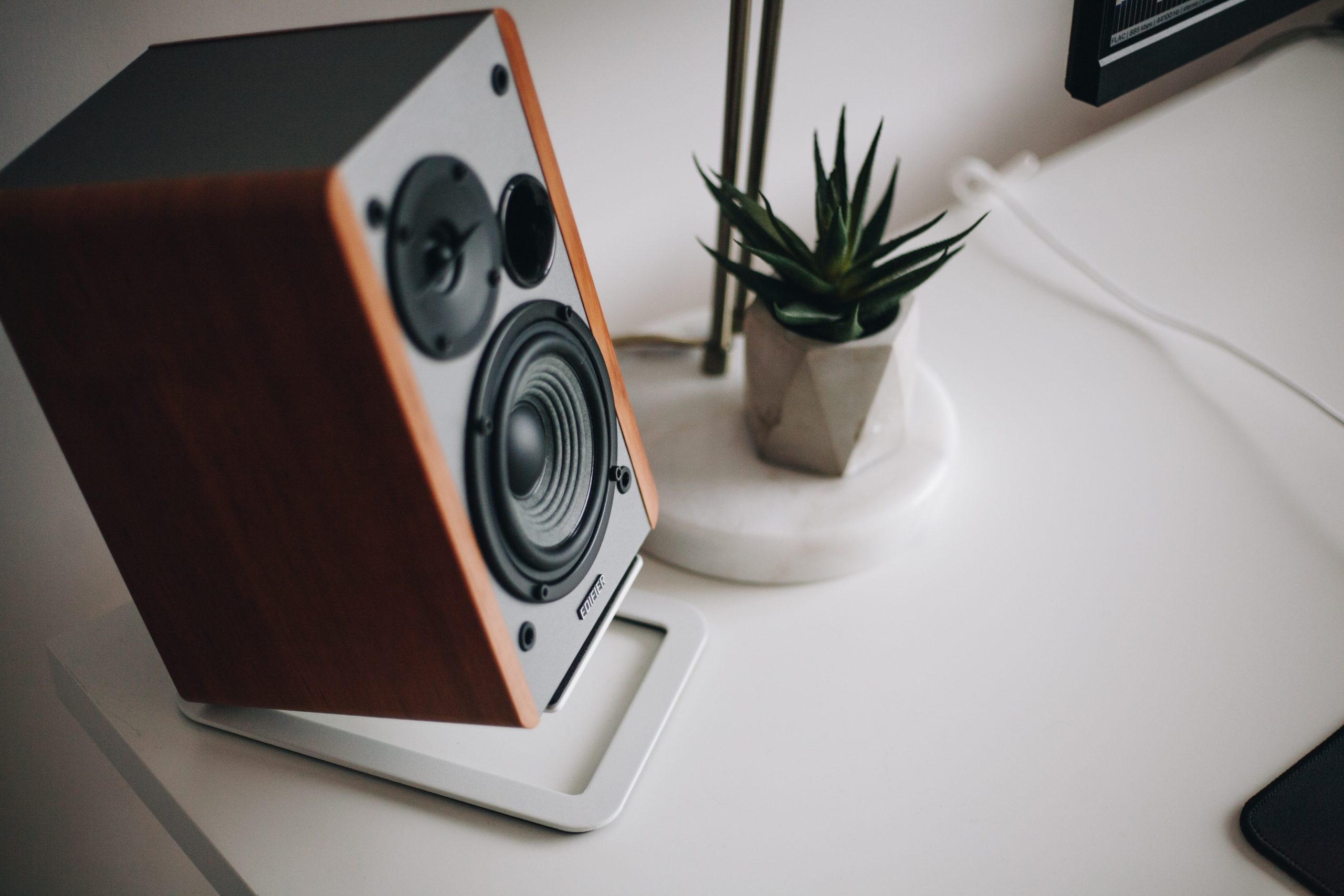

Subwoofer
How Long Should A Subwoofer Last
Published: January 22, 2024
Discover how long a subwoofer should last and keep the bass booming with our expert tips. Find out what factors affect subwoofer lifespan and how to maximize its longevity.
(Many of the links in this article redirect to a specific reviewed product. Your purchase of these products through affiliate links helps to generate commission for AudioLover.com, at no extra cost. Learn more)
Table of Contents
Introduction
Welcome to the world of deep bass and booming audio. If you’re a true audiophile or simply love the immersive experience of a powerful sound system, then you know the importance of a quality subwoofer. A subwoofer is a specialized speaker designed to reproduce the low-frequency sounds in audio systems, adding depth and impact to music, movies, and games. But how long can you expect your subwoofer to last?
The lifespan of a subwoofer depends on several factors, including build quality, usage patterns, and maintenance. Understanding these factors can help you make informed decisions when selecting a subwoofer and ensure that it continues to perform optimally for years to come.
In this article, we will delve into the factors that can affect the lifespan of a subwoofer, explore the typical lifespan of a subwoofer, identify signs that indicate a subwoofer is reaching the end of its lifespan, and provide tips on how to extend the lifespan of your subwoofer.
So, whether you’re a seasoned audiophile or a novice looking to upgrade your audio system, read on to discover all you need to know about the lifespan of a subwoofer and how to get the most out of your investment.
Factors Affecting Subwoofer Lifespan
The lifespan of a subwoofer can vary widely depending on several factors. Understanding these factors can help you choose the right subwoofer for your needs and ensure its longevity. Here are the key factors that can affect the lifespan of a subwoofer:
- Build Quality: The quality of materials and construction used in the subwoofer greatly impacts its lifespan. Subwoofers made with durable components and solid craftsmanship tend to last longer than those with lower build quality.
- Power Handling: Subwoofers are designed to handle a specific wattage range. Pushing a subwoofer beyond its recommended power limit can cause damage over time. It is essential to match the power requirements of your subwoofer with an appropriate amplifier to prevent overworking and overheating.
- Usage Patterns: How often and how heavily a subwoofer is used will also impact its lifespan. If you use your subwoofer for long periods at high volumes, it may experience more stress and wear compared to occasional use at lower volumes.
- Placement: The placement of your subwoofer can affect its lifespan. Placing it in a well-ventilated area, away from heat sources, can help prevent overheating and potential damage to the subwoofer’s components.
- Environmental Conditions: The environment in which the subwoofer is used plays a role in its longevity. Exposure to extreme temperatures, humidity, dust, and moisture can all impact the subwoofer’s performance and lifespan. It is best to keep your subwoofer in a controlled environment to protect it from these elements.
By considering these factors and making informed choices, you can optimize the lifespan of your subwoofer and enjoy its incredible sound reproduction for years to come.
Typical Lifespan of a Subwoofer
The lifespan of a subwoofer can vary depending on various factors, but on average, a well-maintained and properly used subwoofer can last anywhere from 5 to 15 years. This estimate, however, is just a general guideline, and there are instances where subwoofers have lasted even longer.
The lifespan of a subwoofer is heavily influenced by the factors mentioned earlier, such as build quality, power handling, usage patterns, placement, and environmental conditions. A subwoofer made with high-quality components and expert craftsmanship is likely to have a longer lifespan than a cheaper or poorly constructed model.
Additionally, how you use your subwoofer can significantly impact its longevity. If you consistently operate it within its recommended power range and avoid pushing it to its limits, you can help prolong its lifespan. Similarly, using it at moderate volumes instead of cranking it up to its maximum output can also reduce the stress on the subwoofer and contribute to a longer lifespan.
Regular maintenance and proper care also play a crucial role in extending the lifespan of a subwoofer. Keeping the subwoofer clean, checking and repairing any loose or damaged connections, and regularly inspecting the enclosure for potential issues can all contribute to a subwoofer’s longevity.
It is important to note that the lifespan of a subwoofer can vary based on manufacturer, specific model, and usage conditions. Some subwoofers may have shorter lifespans due to factors like lower build quality or higher power handling. On the other hand, a well-designed and high-end subwoofer might exceed the average lifespan with proper care and usage.
Ultimately, it is advisable to research and select a subwoofer from a reputable brand known for its quality and durability. Reading user reviews and seeking recommendations from audio enthusiasts can provide valuable insights regarding the expected lifespan of different subwoofer models.
By considering these factors and investing in a well-built subwoofer while adhering to usage and maintenance guidelines, you can ensure that your subwoofer provides many years of superb bass performance.
Signs of a Subwoofer Reaching the End of its Lifespan
Like any electronic device, a subwoofer will eventually reach the end of its lifespan. Recognizing the signs of a subwoofer nearing its end can help you prepare for a replacement or take necessary steps for repair. Here are some common signs that indicate a subwoofer is reaching the end of its lifespan:
- Distorted Sound: If you notice a significant increase in distortion or a muffled sound coming from your subwoofer, it could be a sign of deteriorating components. As the internal parts of the subwoofer wear out over time, the sound quality may degrade, resulting in distorted audio.
- Loss of Power: When a subwoofer starts to reach the end of its lifespan, it may experience a loss of power. You may notice a decrease in overall volume or weaker bass output compared to its previous performance. This loss of power can be a sign that the subwoofer’s amplifier or driver is no longer functioning at its optimal level.
- Frequent Overheating: If your subwoofer is overheating regularly, even when used within its recommended power range and in a well-ventilated space, it could be a signal that its internal components are wearing out. Overheating can lead to further damage and can be an indicator that the subwoofer’s lifespan is coming to an end.
- Unresponsive Controls: If the controls on your subwoofer, such as volume knobs or crossover settings, become unresponsive or exhibit erratic behavior, it may indicate internal electrical issues. This can be a sign that the subwoofer’s circuitry is failing or that its electronic components are deteriorating.
- Physical Damage: Visible physical damage, such as torn or damaged speaker cones, dented enclosures, or loose connections, can also be indicative of a subwoofer nearing the end of its lifespan. Over time, wear and tear can cause structural integrity issues, affecting the subwoofer’s performance.
It is important to note that these signs might not always be definitive proof that a subwoofer has reached the end of its lifespan. Some issues can be resolved through repairs or replacing specific components. However, if multiple signs are present and persist despite maintenance efforts, it may be a good indication that it’s time to start considering a replacement.
Regularly monitoring the performance of your subwoofer and addressing any issues promptly can help prolong its lifespan. Additionally, adhering to proper usage guidelines and maintaining a clean and well-ventilated environment can contribute to a longer-lasting subwoofer.
If you’re unsure about the status of your subwoofer or how to address any issues, it’s always best to consult with an audio professional or the manufacturer for guidance.
Extending the Lifespan of a Subwoofer
While the lifespan of a subwoofer can depend on various factors, such as build quality and usage patterns, there are several steps you can take to help extend its lifespan. By following these tips, you can maximize the longevity of your subwoofer and ensure it continues to deliver exceptional bass performance:
- Proper Power Management: It is crucial to match your subwoofer’s power requirements with an amplifier that can provide the appropriate wattage. Avoid underpowering or overpowering the subwoofer, as it can lead to distortion, overheating, and potential damage.
- Conservative Usage: Although subwoofers are designed to handle powerful bass, excessive and prolonged high-volume usage can put unnecessary strain on the components. A more conservative usage approach, keeping the volume at reasonable levels, can minimize stress on the subwoofer and help extend its lifespan.
- Optimal Placement: Proper placement of the subwoofer can impact both its performance and lifespan. Avoid placing it in areas prone to excessive heat, moisture, or dust accumulation. Additionally, consider using stands or isolation pads to reduce vibrations and potential damage from adjacent objects.
- Temperature and Humidity Control: Maintain a controlled environment for your subwoofer by avoiding extreme temperatures and humidity levels. High levels of humidity or rapid temperature fluctuations can lead to condensation and potential damage to sensitive electronic components.
- Regular Cleaning and Inspection: Dust and debris can accumulate on the speaker cones and other internal components, affecting the subwoofer’s performance. Regularly clean dust and debris from the subwoofer using a soft cloth or a brush specifically designed for audio equipment. Additionally, inspect the connections and enclosure for any loose or damaged parts and address them promptly.
- Use High-Quality Audio Sources: Feed your subwoofer with high-quality audio signals to prevent distortion and potential damage to the speakers. Avoid using low-quality audio sources or excessively compressed files that can negatively impact the sound reproduction and lifespan of the subwoofer.
- Maintain Proper Ventilation: Ensure that the subwoofer has adequate ventilation to dissipate heat. Avoid placing it in enclosed spaces or stacking other components on top of it, as this can impede proper airflow and lead to overheating.
By implementing these practices, you can help ensure that your subwoofer remains in optimal condition and delivers exceptional audio performance for an extended period. However, it is important to note that even with proper care, subwoofers will eventually reach their end of life. Regularly evaluating the performance and condition of your subwoofer will help you determine if it’s time for a replacement or further maintenance.
Maintenance Tips for Subwoofers
To keep your subwoofer performing at its best and extend its lifespan, regular maintenance is essential. Here are some maintenance tips to follow:
- Clean the Subwoofer: Dust and debris can accumulate on the subwoofer’s speaker cones and other components, affecting its performance. Use a soft cloth or a brush specifically designed for audio equipment to gently clean the dust off the subwoofer. Be careful not to apply too much pressure or use harsh chemicals that could damage the materials.
- Check and Tighten Connections: Periodically inspect the connections between the subwoofer and the amplifier or receiver. Ensure that all cables are securely connected and tighten any loose connections. Loose connections can lead to signal loss or poor audio performance.
- Inspect the Enclosure: Take a close look at the subwoofer enclosure for any signs of damage or wear. Check for loose screws, dents, or cracks. If you notice any issues, address them promptly to prevent further damage that could affect the subwoofer’s performance.
- Avoid Overdriving: While subwoofers are designed to handle powerful bass, avoid overdriving or pushing the subwoofer beyond its recommended power limits. Overdriving can cause distortion, clipping, or even damage to the subwoofer’s components.
- Monitor and Control Temperature: Ensure that the subwoofer is not exposed to extreme temperatures. High temperatures can lead to overheating and potentially damage the subwoofer’s internal components. Keep the subwoofer in a well-ventilated area and avoid placing it near heat sources.
- Use a Surge Protector: Protect your subwoofer from power surges and electrical fluctuations by using a high-quality surge protector. Power surges can damage the subwoofer’s electronics, so investing in a surge protector can provide an additional layer of protection.
- Follow Manufacturer Guidelines: Always refer to the manufacturer’s guidelines and instructions for specific maintenance recommendations for your subwoofer model. They may provide additional tips or suggest specific cleaning agents or techniques to maintain optimal performance.
By incorporating these maintenance tips into your routine, you can ensure that your subwoofer remains in peak condition, providing deep and immersive bass for many years to come. Regular maintenance not only prolongs the lifespan of your subwoofer but also helps maintain its audio performance and prevents potential issues from developing.
Conclusion
A subwoofer can be the heart and soul of any audio system, providing the deep bass that adds excitement and immersion to your music, movies, and games. Understanding the factors that affect a subwoofer’s lifespan and taking the necessary steps to extend its longevity are essential for getting the most out of your investment.
By considering factors such as build quality, power handling, usage patterns, placement, and environmental conditions, you can make informed decisions when selecting a subwoofer and ensure that it has a better chance of lasting for many years.
Recognizing the signs of a subwoofer reaching the end of its lifespan, like distorted sound, loss of power, frequent overheating, unresponsive controls, or visible physical damage, can help you take appropriate action, whether it’s seeking repairs or considering a replacement.
Maintaining your subwoofer through proper power management, optimal placement, regular cleaning, and inspections, and following the manufacturer’s guidelines will help extend its lifespan and ensure consistent and exceptional performance.
While there is no fixed timeline for how long a subwoofer will last, with the right care and maintenance, a well-built and properly used subwoofer can provide enjoyment and deep bass for many years.
So, whether you’re a casual listener or a dedicated audiophile, take the necessary steps to protect and care for your subwoofer. By doing so, you can continue to enjoy the immersive sound experience that only a quality subwoofer can provide.

